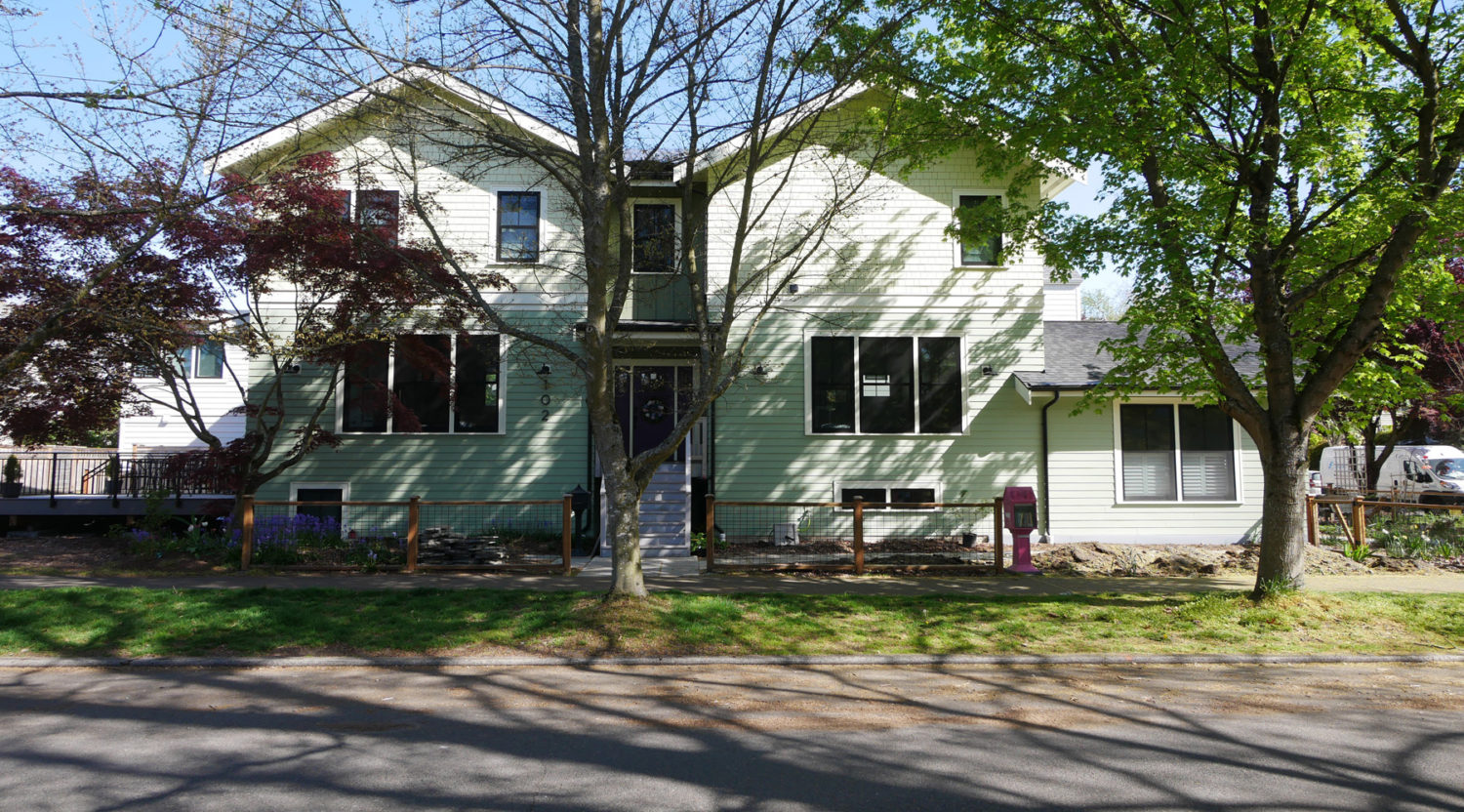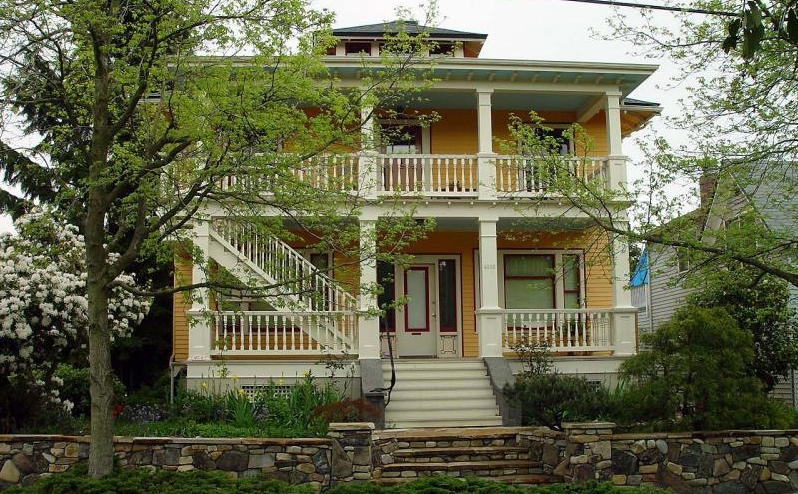
 Sheri Newbold of live-work-play, an architect with over twenty years of experience, submitted a code change request in Spring of 2022 to the SBCC (Washington State Building Code Council) for the 2021 IRC. The reason for this is to align the design, construction and financing of missing middle housing (plexes) with the IRC (International Residential Code). It would allow up to sixplexes to be constructed under the IRC. In the state of Washington, the code is adopted by SBCC at the state level and local jurisdictions can only make the state adopted code more conservative, not less so.
Sheri Newbold of live-work-play, an architect with over twenty years of experience, submitted a code change request in Spring of 2022 to the SBCC (Washington State Building Code Council) for the 2021 IRC. The reason for this is to align the design, construction and financing of missing middle housing (plexes) with the IRC (International Residential Code). It would allow up to sixplexes to be constructed under the IRC. In the state of Washington, the code is adopted by SBCC at the state level and local jurisdictions can only make the state adopted code more conservative, not less so.
Why submit this code change? There is a push by multiple different parties to update zoning codes either across the state with the unpassed HB 1782 or within local jurisdictions to allow more types of housing where once only single family detached dwellings were allowed. This is great progress, however the residential building code also needs to be updated in tandem with this.
Right now, if a single dwelling, such as a house or a single detached townhouse or a structure with two dwellings, such as a house with an attached ADU, or a duplex, or a couple of townhouses connected together are built, they are constructed under the rules of the IRC, which is also known as the residential code.
Any structure with three or more dwellings attached to each other, such as a house with two attached ADUs, a triplex, a fourplex, six plex on up to a multi-story apartment building with hundreds of units to high rise condo building in downtown is constructed under the rules of the IBC, also known as the building code. A triplex and a high-rise condo building are two very different structures, however they are constructed under the same code.
I and many other design and construction professionals believe that plexes can be constructed equally safely, yet more cost effectively, under a modified IRC. This code change was submitted with input and support from various members of the Housing Task Force at AIA Seattle.
Under the current code requirements, missing middle housing—which everyone would like to build more of—has a lot of additional cost associated with designing and constructing it because of the code that applies to its construction. We estimate that the code change I proposed will save approximately $25,000-30,000 per unit and possibly as high as $55,000 – 80,000 per unit depending on individual circumstance.
Financial loan products and types of developers would also be aligned with this proposed code change. A homeowner that would like to renovate their grandfathered triplex or convert their existing home into a primary dwelling unit plus two attached ADUs incurs significant costs for design and construction by potentially having to install and maintain 13R sprinklers, or upgrade water mains in order to do so.
Fannie and Freddie underwritten loan products are underwritten for up to four units, making it possible for homeowners to purchase/ develop their own missing middle properties. Small scale builder developers have access to less expensive loan products and will be more familiar with IRC construction making them a natural developer of infill housing.
What does the code change propose? It creates another tier of structure size above one and two dwelling units by creating a definition for a “large house” and that large house can have multiple dwelling units in it, up to six. It creates fire separations between units depending on the overall size of the structure. It includes a path to constructing a structure safely with fire separations and without fire sprinklers. There would still be the option to install fire sprinklers if desired for the project. Also, the code proposal would not require separate mechanical, electrical and plumbing drawings, which would save on design costs and permit review time.
There is precedent for this change—Memphis recently modified their code to allow up to six plexes under the IRC. An article in Strongtowns also explains this idea.

